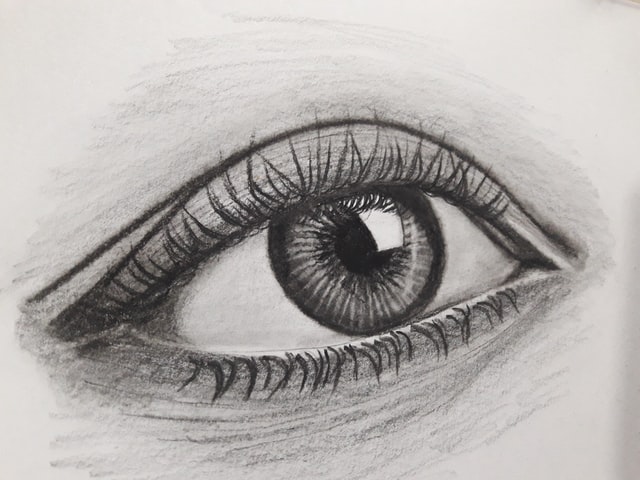Why is Photorealism So Trendy?
August 27, 2021
While Realism can refer to an artistic movement, it can also describe artworks that avoid fictional elements and stylization and instead emphasize technical skill. Photorealism is a genre of art that takes this one step further, in which artists attempt to recreate a photograph as accurately as possible.
Gaining popularity in the late 1960s, Photorealism stemmed from popular art movements like Pop Art and countered the Abstract Movement. The name of the movement was coined by Louis K. Meisel in 1969. In his book titled Photorealism published in 1980, he defined the genre in 3 main points:
- “A camera and photograph is used to gather information from”
- “The artist uses mechanical or semi-mechanical techniques to transfer that information onto canvas”
- “The artist must have the technical ability to create a final product that appears photographic”
Almost everyone who uses social media has come across a video or post of someone drawing a hyperrealist photo of a celebrity or a pair of eyes or even lips. These posts often have hundreds, if not millions of likes and views–and perhaps for good reason, as photorealism requires observation and technical skill to pay off. But there are hundreds, if not millions, of paintings and drawings of the same subject matter, and they are often created from the same source image.
Seniors Jane De Prima and Kayla Cheung both agree that no art form is more valuable than others– yet Photorealism seems to be the “pick me” genre of art. Jane further explained that photorealism is more a “display of talent for gratification” rather than a measure of creativity.
Yet why out of all types of art does photorealism win the heart of the internet?
Unlike genres of art where creators try to trick viewers into believing they are looking at a photograph, fans of photorealism are always aware that they are looking at a painting. The audience’s awareness allows artworks to appear more impressive and artists garner more attention and awe. After all, most people would agree that a highly realistic artwork is more remarkable than a piece that is more stylized and cartoon-based.
Furthermore, Photorealism is extremely easy to comprehend for those who don’t regularly view art. From its origin, it has combated movements like Abstract art or Minimalism–both art forms that require more consideration and open-mindedness to understand. The purpose of social media is its ability to provide quick entertainment. Although the fast-paced environment of social media matches its purpose. Photorealism can thrive for the same reason beautiful landscapes go viral: people can appreciate the value of a pretty picture without having to delve into deeper thought about what the meaning of the piece might be.
Photorealism may also be so popular on social media apps because of its ability to capture beautiful subjects. As the common phrase goes, “Everything looks better in a photograph”–and the purpose of Photorealism is to do just that.
The reason for Photorealism’s success on social media boils down to the viewer’s initial astonishment of seeing a painting that looks so real. It’s an experience that many other art forms are not able to reproduce, making Photorealism such a unique genre.
Photo courtesy of UNSPLASH.COM

